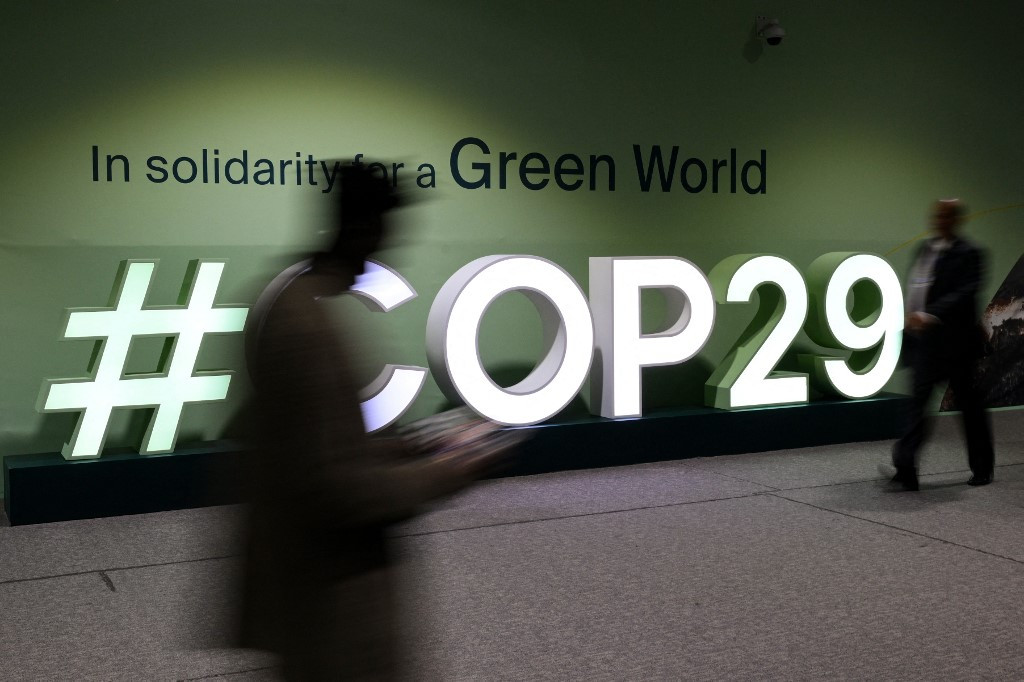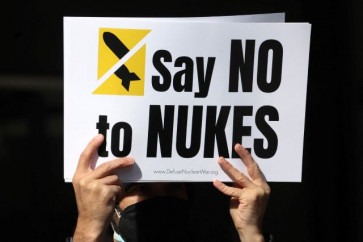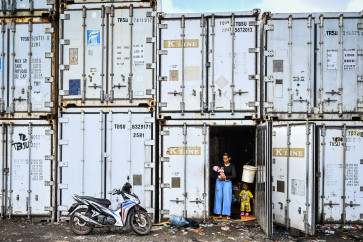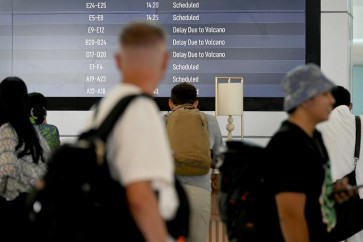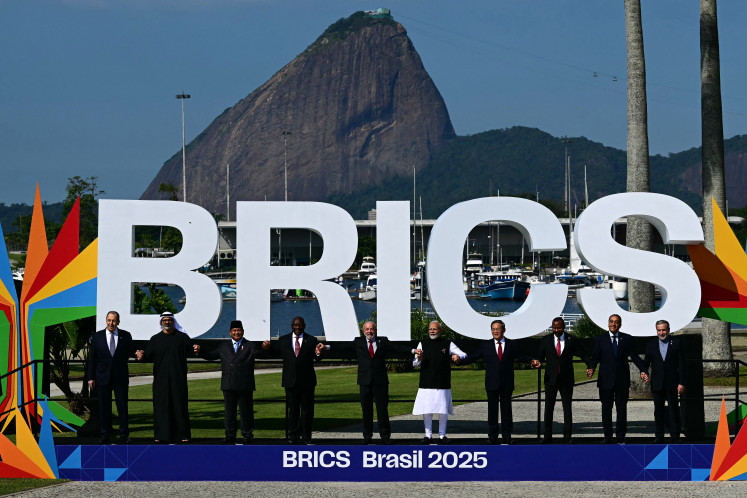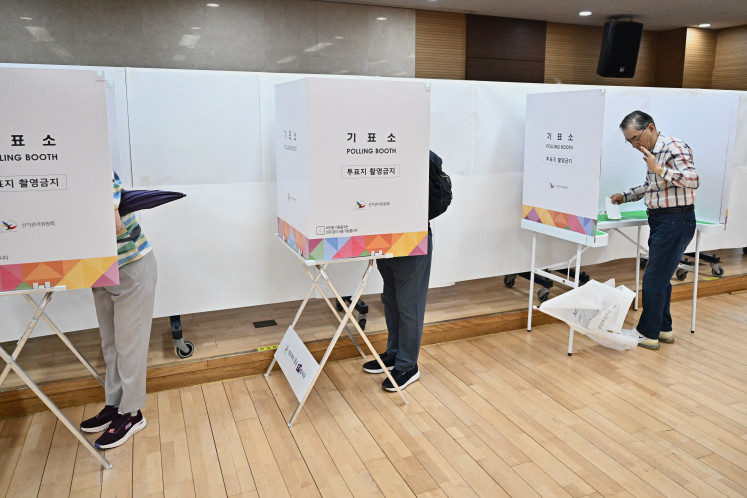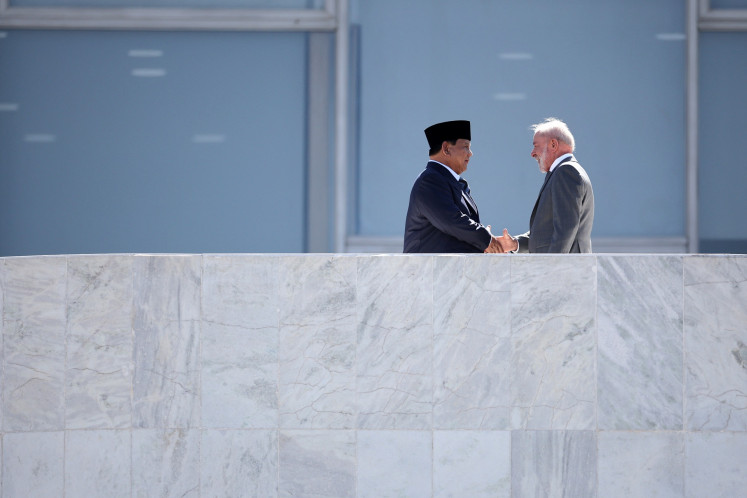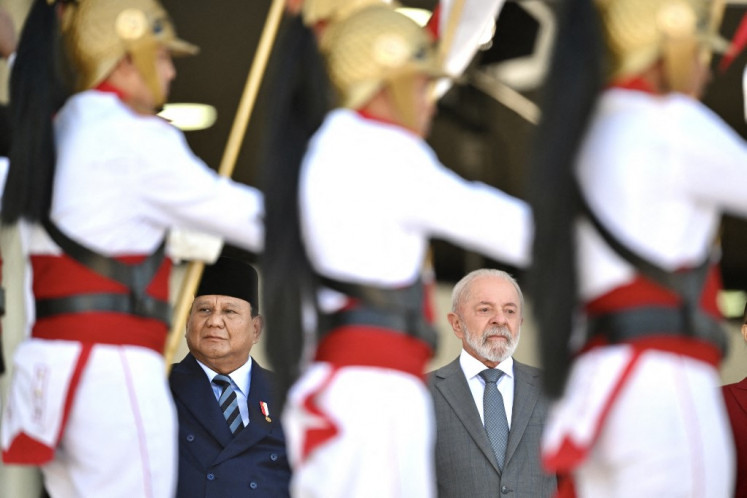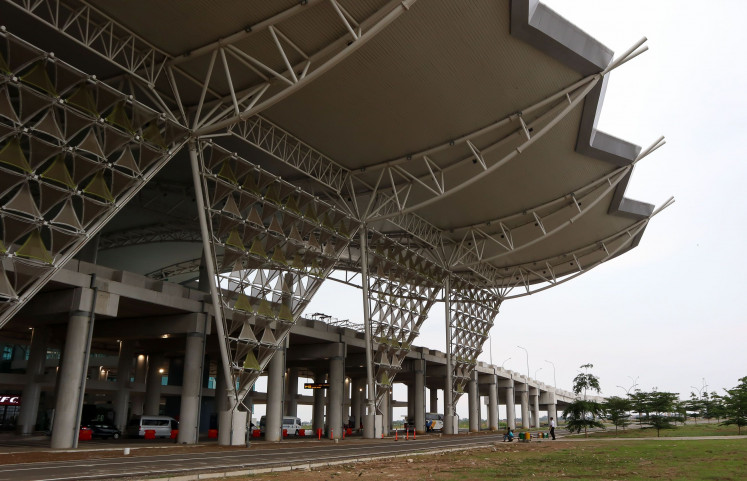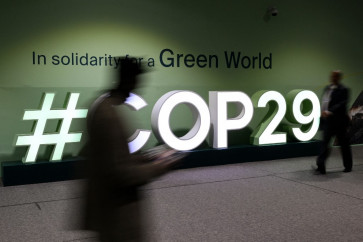Popular Reads
Top Results
Can't find what you're looking for?
View all search resultsPopular Reads
Top Results
Can't find what you're looking for?
View all search resultsDid COP29 fail women?
The true battle being waged was for the future of climate finance, and women’s role in it.
Change text size
Gift Premium Articles
to Anyone
T
he most recent United Nations Climate Change Conference (COP29) focused on finance, but it fell short in more ways than one. The contentious negotiations, in which representatives from several developing countries walked out in protest, defied the odds to produce a commitment, the “Baku Climate Unity Pact”, from developed economies to deliver US$300 billion in climate funding annually to their poorer counterparts by 2035. That is triple the target agreed in 2009 (and reached, for the first time, in 2022), but it is nowhere near the estimated $1.3 trillion in annual financing that developing economies will need over this period. Although the agreement represents progress, we must recognize it as merely a starting point.
But insufficient financing is only part of the problem. The reality is that as world leaders clashed in Baku amid unprecedented international tensions, the true battle being waged was for the future of climate finance, and women’s role in it. Women and children are 14 times more likely to die in climate-related disasters than men, and women comprise 80 percent of those displaced by extreme weather. These disparities are not incidental but are rooted in systemic inequalities. Yet the so-called New Collective Quantified Goal on climate finance includes just one reference to women and girls: in paragraph 26, it “urges parties and other relevant actors to promote the inclusion and extension of benefits to vulnerable communities and groups in climate finance efforts, including women and girls.”
Women and girls’ greater vulnerability to climate change reflects systemic inequality of access to education, economic opportunities and decision-making power. These differences are also apparent at climate-related forums. While this year’s COP was heralded as the most gender-balanced in terms of registrations, women accounted for just 35 percent of delegates (up from 34 percent at COP28). Of the 78 world leaders who attended, a mere eight were women, and only four addressed gender-specific issues in their statements.
Climate initiatives that explicitly include women have been shown to produce better outcomes for entire communities. Moreover, women are already leading some of the most innovative and effective climate initiatives globally, in areas ranging from sustainable agriculture to renewable energy deployment.
The conclusion should be obvious: the potential for gender-responsive climate finance to unlock more efficient pathways for decarbonization, adaptation and resilience makes it a strategic necessity. And yet for every $100 of climate finance deployed globally, only 20 cents goes toward supporting women, and only 0.01 percent of climate finance addresses both climate action and women’s rights.
Even so, COP29 was not a total loss for women and girls. The enhanced Lima work program on gender was extended for another decade, though without additional funding for the UN Framework Convention on Climate Change (UNFCCC) secretariat to support implementation. In addition, the 27 gender-specific provisions in the final “Presidency text on gender and climate change” emphasized the vital role of women’s full, meaningful and equal participation in climate action and the critical importance of incorporating gender considerations into all policymaking domains. The “gender action plan” that countries agreed to develop for adoption at COP30 provides a framework for progress.
Despite these commitments, COP29 fell short in addressing critical intersectional issues such as the links between gender equality, peacebuilding and climate action. Similarly, calls to address gender gaps in skills, such as STEM (science, technology, engineering and mathematics) training to access green jobs, and the care economy as part of climate action failed to make it into the final document. While the text encouraged gender-responsive climate finance and simplified access for grassroots women’s organizations and Indigenous communities, it lacked the structural push necessary to ensure implementation at scale.

